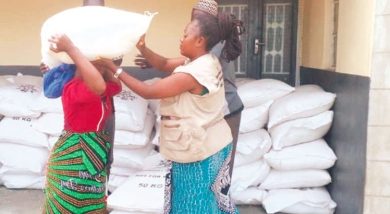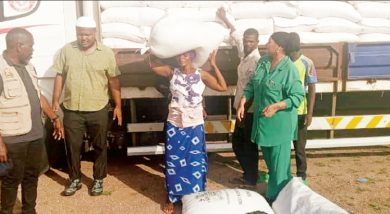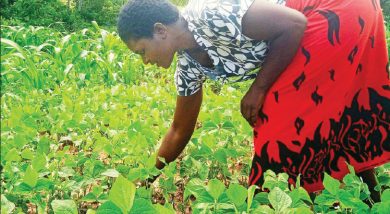Payout bill halts Lilongwe water project
- World Bank pulls out of Diamphwe Dam Project
- K14 billion compensationscares away financier
Malawi’s capital Lilongwe could be three years away from having less than three days of tap water a week unless government quickly finds an alternative financier after the World Bank pulled out its financial backing in the Diamphwe Multi-purpose Dam Project that was supposed to avert the crisis.
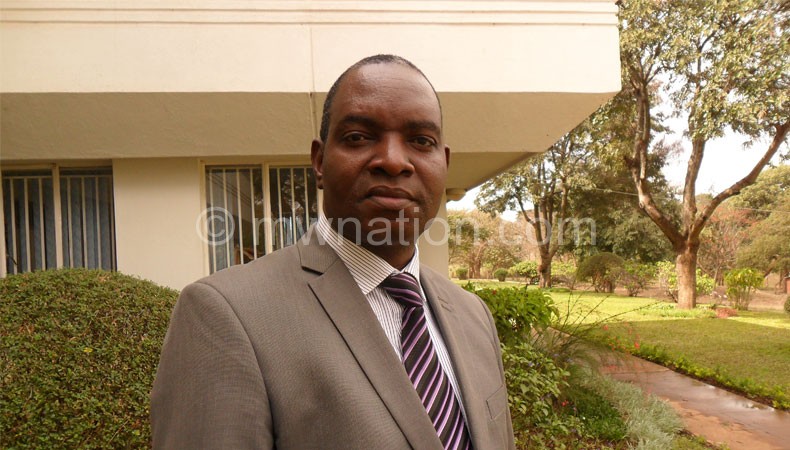
Both the World Bank and project owners Lilongwe Water Board (LWB) have confirmed the financing setback.
Had everything gone as planned, construction of the Diamphwe Multi-purpose Dam could have started this year at a cost of $395 million.
The World Bank committed $71 million (around K50 billion) of the $395 million (roughly K277 billion) estimated cost for the project’s development. The Bank’s International Development Association (IDA) also funded the project’s studies.
Other financiers of the project are the African Development Bank AfDB), the European Investment Bank and a public private partnership (PPP).
The idea was that by 2022 Lilongwe City and its surrounding areas would be assured of reliable water supply until 2045 to meet rising population demands and save the capital from running dry by 2020.
LWB chief executive officer Alfonso Chikuni said in an interview this week that the board was supposed to increase the capacity storage of Kamuzu Dam by 0.8 cubic metres, but this has not yet been done as the agreement with the financier, European Investment Bank (EIB), was yet to be signed.
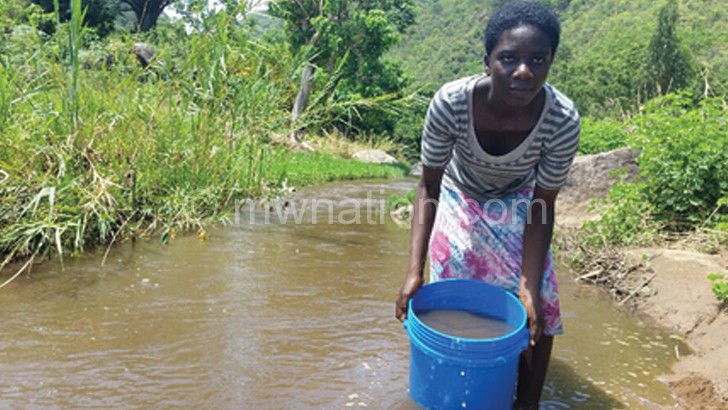
“People have to know that things will be worse with the urbanisation growing at six percent and LWB connecting about 10 000 houses a year. With the little water, we have to stretch it; that means the hours of supply will be reduced. Already, some people have been receiving water three out of seven days, this will be worse in the near future until we have an additional water source,” said Chikuni.
He said Lilongwe has a backlog of infrastructure development which dates back to 2008 and that if nothing is done by 2020, the city’s water problems will become worse than today.
He is not bluffing.
Ticking time-bomb
If the contents of a draft report of the Environmental and Social Impact Assessment (Esia) for Diamphwe Multi-purpose Dam and Associated Structures done for the Malawi Government is anything to go by, the bomb is ticking in the heart of the country.
Rapid population growth has put pressure on Lilongwe Water Board to produce more water. The capital, which is also the country’s largest city, has a population of around one million people.
This figure is projected to nearly double to 1.88 million by 2036 and jump to 2.43 million by 2045.
Right now, water supply capacity is inadequate in meeting demands, which results in the severe water restrictions and disruptions that Chikuni is referring to.
Current water demand in Lilongwe—which sources water from two dams on the Lilongwe River—is 109 megalitres per day (ML/d). That has left a water supply shortfall of approximately 47 ML/d.
While planned upgrade works could increase production by an additional 60 ML/d, the city needs a new bulk water source by 2020, after which, says the Diamphwe report, “severe water shortfalls are predicted”.
Being a multi-purpose dam, not only would it secure Lilongwe’s water supply to 2045, the development would also provide opportunities to supply water to rural villages and for irrigation and fish farming.
The Diamphwe report warns that not proceeding with the project would, therefore:
l Significantly impair the sustainability of Lilongwe’s water supply after year 2020.
l Reduce the likelihood that rural communities surrounding the development could benefit from a sustainable water source and reduce dependency on groundwater wells.
l Eliminate the opportunity to improve or, with the threat of climate change, to sustain food security and economic benefits by not developing irrigated farmland and fish farms.
Yet, as it stands now, the project is in jeopardy.
While World Bank Malawi office spokesperson Zeria Banda did not provide reasons for the funding withdrawal, LWB’s Chikuni said on Thursday that it was a $20 million (around K14 billion) compensation bill that scared off the Bretton Woods institution.
Chikuni, in an e-mail response, said the World Bank cited high risk levels in the resettlement action plan of the Project Affected People (PAPs) for their withdrawal.
He said a Ministry of Lands valuation indicates that of the K14 billion, K10 billion would go towards compensation and allowances alone while the rest would be for administration and other related costs.
In a follow up interview, Chikuni said, ideally, it is government’s responsibility to compensate people, but in this case Capital Hill did not have the money and turned to the World Bank, which indicated that “the compensation was a high risk undertaking.”
Other potential financiers include the EIB, AfDB and yet-to-be identified private sector players who would participate under a PPP arrangement.
Weekend Nation could not immediately get the positions of the other potential financiers as they had not responded to our questionnaires by press time.
In an e-mail response, Banda said although the World Bank has withdrawn its participation, it would be assessing other projects within the Lilongwe Water Programme to fund.
She said: “We have communicated to the government our decision not to finance the Diamphwe Dam. We are currently assessing the feasibility to support other urgent initiatives that are part of the Lilongwe Water Programme such as the distribution network, utility strengthening, and potentially sanitation.”
Banda added that the Bank has provided roughly $3 million (over K2 billion) for associated preparation studies and designs for the Lilongwe Water Programme.
“These remain invaluable to develop the entirety of the longer-term and broader programme,” she said.
The Diamphwe Multi-purpose Dam is a sub-component of the second-phase of the National Water Development Project.
The Diamphwe Project
According to the Diamphwe Multi-purpose Dam ESIA Draft Report dated February 2016, a total of 5 178 affected people have land and other assets that the proposed dam’s reservoir and buffer zone would have impacted.
“Of these, 733 structures will need to be relocated to new areas. Community assets such as graveyards, churches and sports grounds will also need to be relocated to new sites. With an average household size of 5.05 it is estimated that 26 149 people will be directly affected by these components of the project,” reads the report.
This translates to an average of K535 000 per head in compensation.
The proposed dam project is located approximately 35 kilometres south-east of Lilongwe on the lower Diamphwe River, a tributary of the Linthipe River that flows north-east to Lake Malawi.
Administratively, the project lies in the Central Region between two districts comprising traditional authorities (T/As) Mazengela, Kalumbu and Chadza on the Lilongwe District (west) side; and traditional authorities Kaphuka and Chilikumwendo on the Dedza District (east) side.
According to the document, the dam will have an operational capacity of 134 million cubic metres with separate outlets provided for downstream irrigation and other activities.
The dam reservoir is supposed to inundate approximately 2 328 hectares (ha) of predominantly cropping and grazing land, according to the report.
Currently, LWB is focussing on pumping water from Lake Malawi to meet the demand in the capital city in a K400 billion deal that has raised controversy over the absence of an ESIA as well as a feasibility study.


